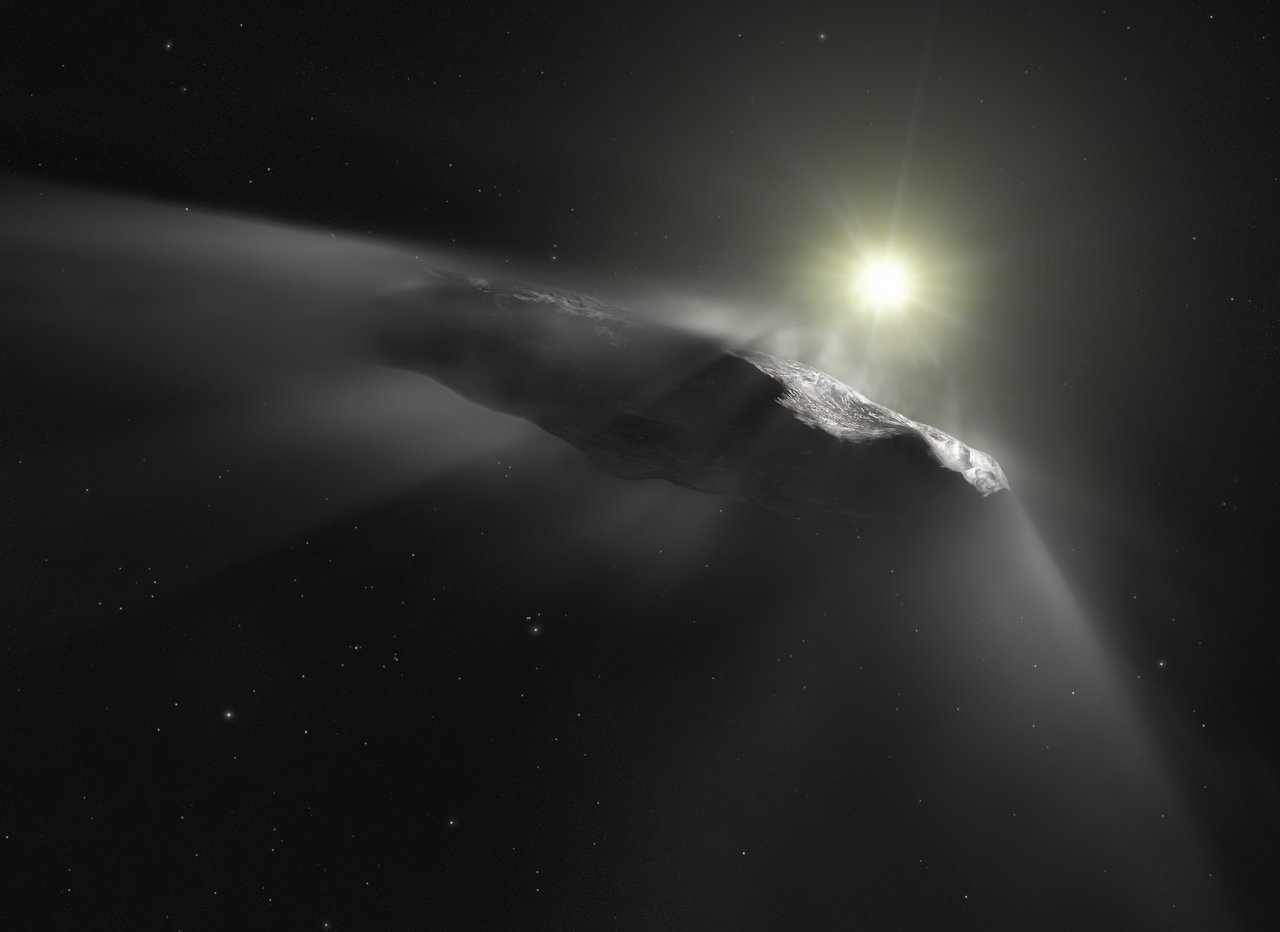Our solar system is filled with everything from planets to rocky asteroids to small icy bodies beyond Pluto, but surrounding all of it is a diffuse halo of objects known as the Oort cloud. We haven’t directly observed the Oort cloud, but we’re pretty sure it’s there by observing the distribution of comet in our solar system. They can appear from any direction in the sky rather than just along the common plane of known solar system bodies.

Our best understanding is that the Oort cloud surrounds our solar system in a thick sphere about 1 – 2 light-years in radius. Based on computer simulations, it likely formed from debris in the early solar system that was thrown out there as the planets jockeyed into their current positions. But a new study argues that much of the Oort cloud might be interstellar in origin.
We’ve long known that extra-solar objects likely visit our solar system. Asteroids and comets can be thrown out of our solar system by close encounters with planets such as Jupiter, and so the same must be true of other planetary systems. It is only a matter of time before something drifts our way. But it wasn’t until 2017 that an object was confirmed to be of extra-solar origin. Oumuamua was the first alien object to reach our cosmic shores, but it wasn’t the last. In 2019 Borisov was also confirmed to be extra-solar.

After two interstellar objects were confirmed so quickly, astronomers began to wonder just how common these interstellar objects are. Some initial studies looking at the long-term orbits of outer solar system bodies suggests that they are quite common. If that’s the case, many of the bodies on the edge of our solar system may have originated in other star systems.
This latest study makes a statistical argument based on observations of Borisov. The authors argue that the detection of Borisov supports the idea that more than half of the Oort cloud is made of extra-solar bodies. It’s an idea that could be tested by looking for occultations of Oort cloud bodies with distant stars. The upcoming Vera Rubin observatory would be perfect for this kind of thing.
While the idea is interesting, you shouldn’t put too much confidence in their estimate. Even the authors admit that the uncertainties of their calculations are very large. But studies such as this and others continue to support the idea that star systems are not as isolated as we once thought, and thus there are plenty of alien objects among us.
Reference: Siraj, Amir, and Abraham Loeb. “Interstellar Objects Outnumber Solar System Objects in the Oort Cloud.” Monthly Notices of the Royal Astronomical Society: Letters 507.1 (2021): L16–L18.

